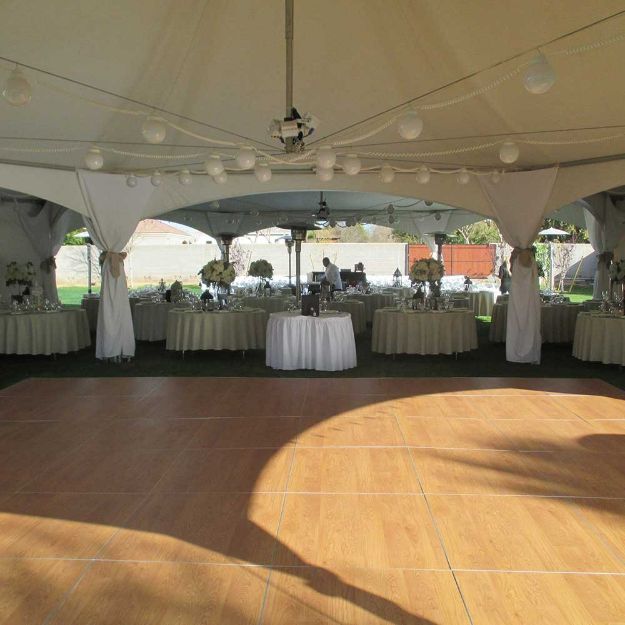Selecting the right materials for constructing a long-lasting and safe external performance surface is crucial for ensuring an pleasurable session. Exterior movement platforms must endure various weather conditions while offering a firm foundation for dancers and participants. Thus, it is important to consider factors such as material durability, safety attributes, and maintenance demands when making choices. This article will examine several suitable options and their benefits in designing an open-air dance floor.
One common choice for exterior dance floors is timber. Lumber offers a traditional and warm aesthetic that many consider attractive. Solid woods like beech or ash are particularly preferred due to their durability and ability to absorb impact, which can safeguard dancers’ joints. Additionally, wood has natural anti-slip properties when finished properly, reducing the chance of injuries. However, preserving a timber dance floor demands routine sealing and refinishing to protect it from moisture and UV exposure, rendering it essential to account for the environment in which the floor will be placed.

Another practical alternative is composite materials, which blend wood fibers with polymers. These composites are designed to be resistant to humidity, mildew, and discoloration from UV exposure. Synthetic dance floors offer durability comparable to conventional wood without the extensive upkeep. They are more resistant to distortion and splitting than natural wood premium quality wedding flooring floors when exposed to harsh environmental conditions. Furthermore, composite materials often have built-in anti-slip properties, making them a more secure choice for outdoor events.
For those you could try this out seeking a more contemporary solution, interlocking tiles made of PVC or elastomer are reliable options. These tiles are crafted for easy setup and can be rearranged or swapped as required. The versatility of using interlocking tiles permits rapid setup and breakdown, making them suitable for temporary dance venues or festivals. Additionally, these flooring types provide cushioning that enhances comfort while dancing and minimizes the risk of injuries caused by falls. The non-porous nature of PVC and rubber also helps prevent water absorption, further prolonging the life of the flooring.
Finally, it is vital to consider the site and intended use of the outdoor dance floor when selecting materials. For instance, if the dance floor will be situated in a high-traffic area or subjected to harsh weather frequently, opting for durable surfaces that require low maintenance will be important. On the other hand, for less intense use or in more protected locations, lighter materials may suffice. In any case, prioritizing safety features such as grip and impact resistance should stay at the center of design.
To summarize, constructing a long-lasting and secure outdoor dance floor requires careful consideration of various materials suited for different environments and purposes. Wood offers timeless beauty but requires diligent maintenance; composite materials balance aesthetics with resilience; interlocking tiles provide adaptability and convenience. Ultimately, understanding the specific needs of the dance floor's intended use will guide decision-making toward choosing the most suitable solution for an satisfying and secure dancing experience in outdoor spaces.